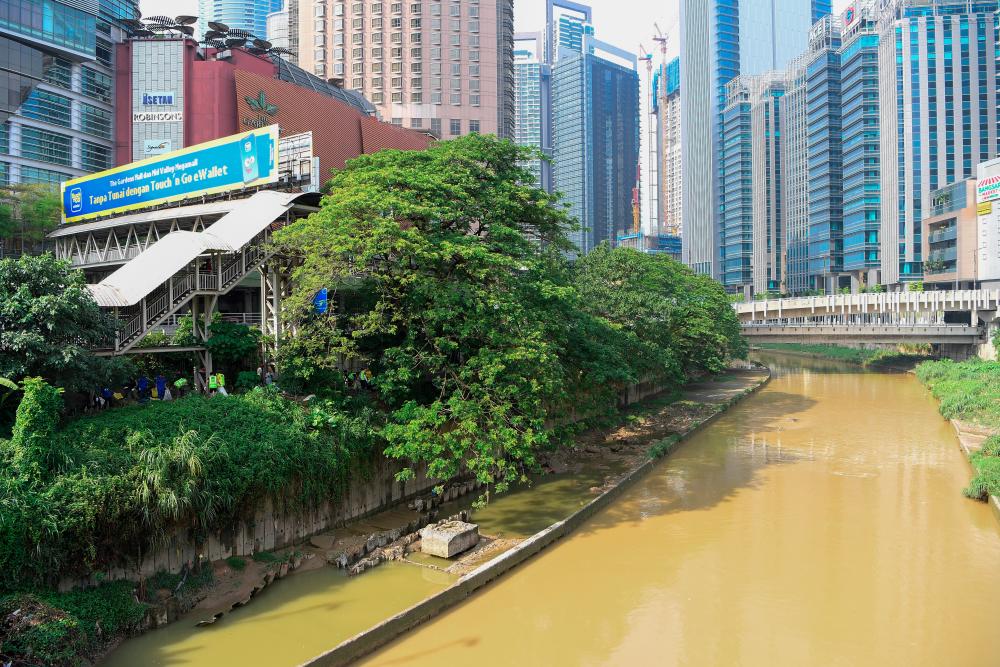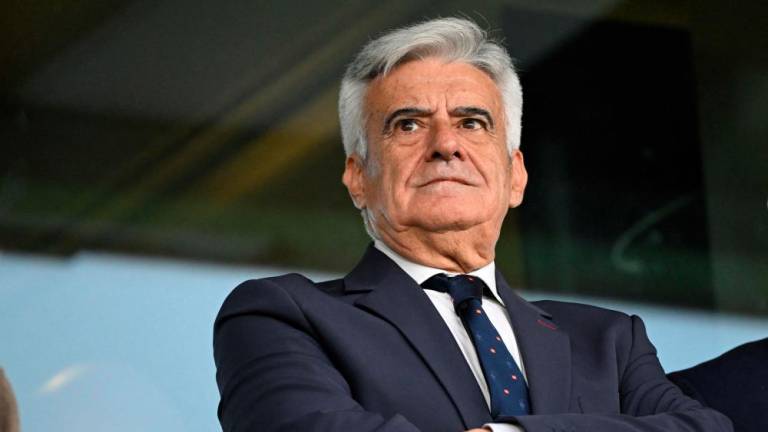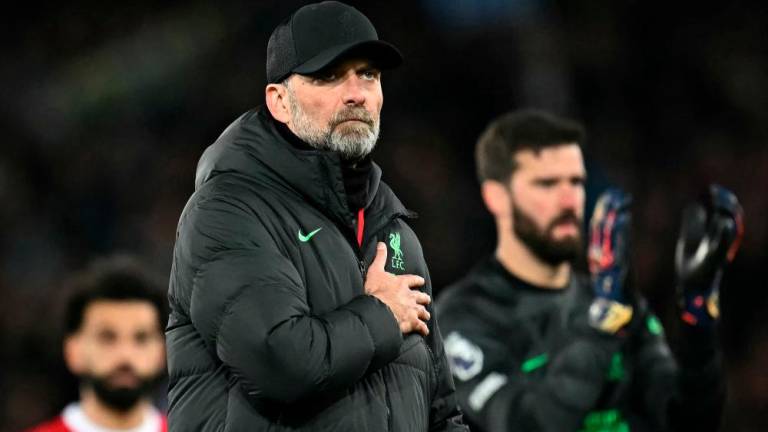DURING the Shah Alam City Council full board meeting on April 19, Shah Alam mayor Dr Nor Fuad Abdul Hamid was reported to have said, “In the near future, the Klang River will be a maritime attraction, like a waterfront.”
He added that “in addition to a beautiful river, we could have water taxis plying the waterway. This feature would be ideal for cruise ship passengers stopping overnight at the Boustead Cruise Centre in Port Klang. They could take these water taxis from Port Klang to Kuala Lumpur to enjoy themselves. Hopefully, these water taxis will not be bothered by crocodiles then”.
He was referring to the massive Selangor Maritime Gateway (SMG) project, which spans a total of 56.7km of the Klang River, with 20km passing through Shah Alam.
His remarks remind me of the River of Life (RoL) project that was launched by Kuala Lumpur City Hall in 2012.
Before that, I got wind of the RoL and wrote “Soul of the city” which was published in July 2011.
It would now be very interesting to compare RoL with SMG, as both may well end up the same after their proclamations.
Indeed, there is a vast difference between hype and reality.
The 12-year-old article is reproduced in full below:
The RoL project is bound to revitalise and transform the Klang and Gombak rivers along the 10.7km stretch within the city centre.
Significantly, Kuala Lumpur is the Malay name for the confluence of two muddy rivers.
A much earlier proposal to rehabilitate the rivers and exploit their economic value was mooted under the KL Linear City project, which did not take off.
Would it be a tall order now to transform these rivers into iconic waterfronts on par with waterways in cities such as Amsterdam, London, Melbourne and Paris?
Perhaps a reality check is in order. What we have are two small rivers, no wider than a canal.
On dry days, it would be difficult to row a small boat over some shallow parts.
Moreover, the river is treated as an open sewer by those lacking civic consciousness.
Mercifully, the rains fall at regular intervals, washing away dust and debris and swelling the rivers after a heavy downpour.
Until the SMART tunnel project was completed, flooding was common whenever the rivers overflowed their banks.
The colour of the Klang River has remained dark yellowish much like our famous teh tarik from the time tin was discovered in Ampang in 1857 which led to the founding of Kuala Lumpur.
The International Masterplanning Competition that attracted 22 bids with five shortlisted for voting by the public would ensure the success of the river’s beautification and development.
However, the river cleaning component may prove to be as challenging as maintaining first-world infrastructure with our third-world mentality.
It will have to start with the rivers upstream by educating the locals and controlling industries.
It would also be meaningless to showcase pristine waters within the city but allow the river to remain in its present deplorable condition downstream.
As such, the state government and local authorities should act in tandem to upgrade the entire length of the Klang River.
The first tin explorers made their way to Kuala Lumpur by boat and the Klang River was the conduit for people and cargo until rail and roads were built.
We owe it to our future generations that they too can do the same, using canoes or motorboats.
The river can come to life teeming with fish and activities such as river cruises, motorised barges and houseboats for tourists.
The riverbanks should be paved for walking, jogging and cycling.
Marathoners can run here instead of on city roads and disrupting traffic.
With some imagination and instead of money, any local authority can create a huge media buzz by making good use of rivers that run through their jurisdiction.
On stretches with little economic value, the riverbanks can be planted with Banyan trees, growing them to be the widest in the world.
These unique trees have roots sprouting from their branches and upon reaching the ground would grow into solid trunks.
As such, the branches can be led to grow sideways continuously running parallel to the river, Bonsai in reverse.
Planting the first tree and announcing to the world that it will eventually be spread over a kilometre would generate great interest.
Over the past few decades, I have enjoyed watching the majestic rain trees at the Taiping Lake Gardens with their huge branches arching across the road and almost touching the lake. This glorious image is etched permanently in my mind, deep in my soul.
It is also time to plant our love and history on selected riverbanks by planting “family trees”.
For an appropriate fee, a person can pay and plant a tree capable of growing for a few hundred years.
Next to it, the names of his family members can be displayed on a family-tree chart carved into a cement slab so as not to attract metal thieves.
Urban migration may be a worldwide phenomenon, but it has also made many Malaysians not take ownership of the community they live in.
Those with expanding income move to newer and bigger houses much like they change cars. There is little sentiment and engagement with the community they live or grew up in.
What any city needs are a sizeable population proud of their history and traditions, much like many parts of Europe where people have lived in ancestral homes for hundreds of years.
There is a strong connection to local history, culture, traditions, roots and family name.
This core group of locals gives the place its character and soul.
A fine example in Malaysia is the Adat Perpatih brought over from Minangkabau, Sumatra and found in Negeri Sembilan.
Such rich cultures, among other virtues, promote courtesy – much lacking in uprooted societies.
The RoL project may feature world-class facilities and amenities and even throw in entertainment and excitement like an open theme park.
However, these are all too common and found all over the globe.
Citrawarna or the Colours of Malaysia festival may feature thousands of dancers dressed in colourful traditional costumes, but it is just a touristic show held once a year and has no impact at other times.
We could do more projects such as Chow Kit Kita where people and places in the community are discovered and connected by passionate volunteers, including teenagers.
If history is sidelined and contributions, that made Kuala Lumpur what it is today, whitewashed, the city is effectively sanitised.
How many Malaysians are aware that it was the late Tan Sri Stanley Jewkes who recently died at age 97 and was the designer for Stadium Merdeka, Stadium Negara and the Merdeka Park?
How many are aware that we have a jungle right in the centre of the city and why it was called Pineapple Hill (now Bukit Nanas)?
Well, my vote goes to the master planner that incorporates soul.
Always remember that people and nature enrich lives more than anything else can.
YS Chan is a master trainer for Mesra Malaysia and Travel and Tours Enhancement Course as well as an Asean Tourism Master Trainer. He is also a transport and training consultant and writer. Comments: letters@thesundaily.com










